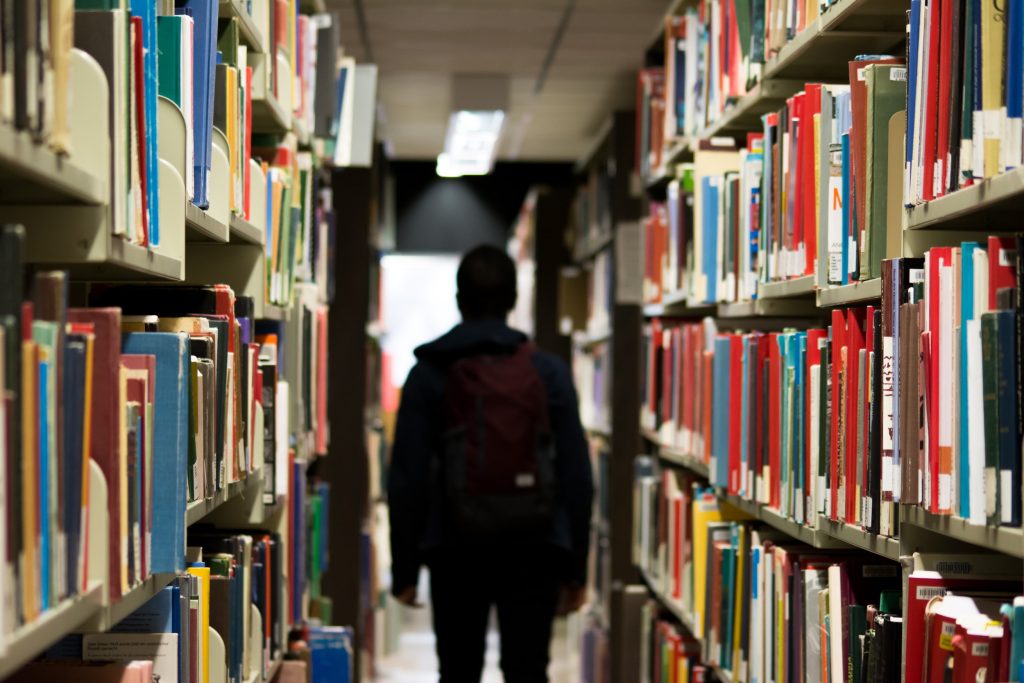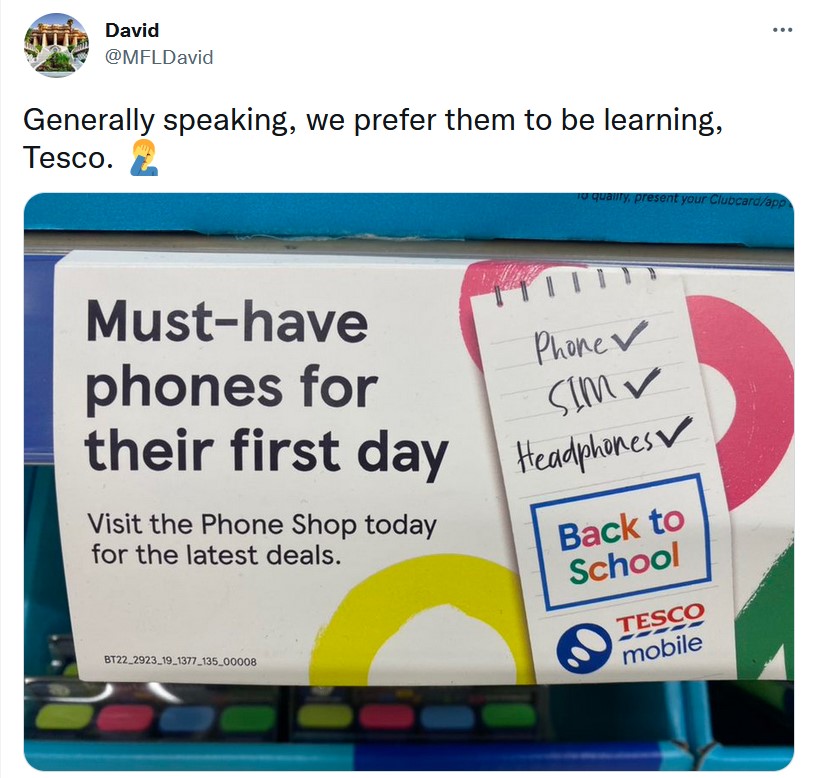What is the benefit of working one-to-one with a student, and why does it trump group work every time? This is a question I have been pondering this week, as I listened to two podcasts aimed at private tutors, both released on the same day, both making the case for tutors like me to make the shift into setting up groups for online tuition. The podcasts were great. The group tuition model? I’m not so sure.
With the explosion of online tutoring into what amounts to one of the fastest-growing corners of the gig economy, I find myself and my recent career-change somewhat on trend. As usual, however, I also discover that I am swimming steadfastly against the tide. Well, thank goodness for that; being in the zeitgeist is definitely not something I’m used to and I’m more of a heckler than a celebrity.
Many online tutors are expanding their businesses into groupwork, to the extent that some are abandoning the one-to-one tuition model altogether. The reason seems obvious; as one parent pointed out to me when they first got in touch to seek help for their daughter, I could make a lot more money if I worked with several students in each slot. This does, of course, rely on there being a high-enough demand for a certain kind of tuition at a particular level: to be frank, in my rather niche subject – taught in only around 2.5% of state schools – I am not sure that’s ever going to be the case. I do have one group of three, which arose because a parent contacted me directly with the request that I work with three children of the same age who were all ab initio and wanted to learn together: in that circumstance, with three friends at the same level who are all keen to start a new project together, the model works very well and I’m enjoying it. But with remedial tutoring (by which I mean the process of supporting a student who has come to you because they are struggling), I have serious doubts. Firstly, I doubt that demand is high enough in my subject but secondly – and I am still idealistic enough to say more importantly – I do not believe that group tuition is a good model when it comes to making that kind of difference to an individual child’s progress.
One of the absolute joys in switching from classroom teaching to one-to-one tutoring is the incredible privilege of taking a child from the bottom of their class to the top. Taking a child who is failing and turning them into one who can achieve the highest of grades. Taking a child who hates your subject and turning them into a GCSE candidate. Taking a child who has been hiding at the back of their classroom for so long that they need a huge amount of coaching and coaxing before they find their feet. One parent told me that their child was coming home in tears after their Latin lessons because they simply had no idea what was going on in the class and had no idea how to access the learning; after working with me, that child went on to choose the subject at GCSE and achieve a very good grade. One of the client reviews I am proudest of reads “you have turned despair and dismay into enjoyment and enthusiasm”. Another says simply “your lessons were transformational.” None of this could be achieved without the one-to-one model. I stand by that. I simply cannot accept that you can take a child who is failing dismally in a subject and get them a top grade without working with them closely as an individual. It’s what tutoring is all about.
I have written before about the power of tuition and the overwhelming benefit which comes from the opportunity to delve in and unpick a student’s understanding – or rather their lack of it. A good tutor will uncover a whole raft of small misconceptions or gaps in a student’s knowledge within the first session. I likened a student’s developing knowledge of a subject to a wall; students who come to a tutor for help have often got bricks throughout that wall that are either misshapen or missing altogether, causing the whole structure to be at risk of collapse. One-to-one tutoring diagnoses the problems, finds the missing bricks and provides the repointing, replacement and reinforcement required. No amount of rhetoric will ever convince me that the same can be done in a small group. Of course, small group-work is great and you can achieve much more than can be achieved with a class of 30; but it still can’t beat the one-to-one model.
Quiet students can often suffer the most in the mainstream classroom – they can fall behind without being noticed or can have enormous potential in a subject – again, without being noticed. A good tutor (and indeed a good classroom teacher) is an excellent reader of body language. I’ve thought a lot in my work about non-verbal cues, those tiny indications that an individual student can give off when they’re not following something – a twitch of the mouth, a furrow of the brow. In a one-to-one session, that’s my cue to pause and rewind and it’s an absolute joy to be able to do so. In the classroom, not only did I not have the time to respond to every non-verbal cue but the reality of a large class meant that I more than likely missed the majority of them. Due to a quirk of timetabling which I won’t bore you with, I once ended up with an extra Year 9 class of 5 students. Yep. Five. I had another group of 24 and yet another of 28 and one of 5. Ask the previous Head why that ridiculous situation arose. Of course, the children in the group of five progressed – on average – better than those in the two larger groups. But it still wasn’t one-to-one tuition and they still didn’t progress as well as they would have done had each of them – in some kind of fantasy parallel universe – had a good private tutor as well.
I have no desire to stand in the way of progress and if enough online tutors are finding that there is enough demand for small-group tuition in their subject and can get decent results with that model then good luck to them. For me – and this is perhaps because I have spent far longer at the chalkface than any other professional tutor I have met so far, I do not believe my heart will ever be in it. I came into tutoring in the sure and certain belief that the one-to-one model is absolutely unbeatable when it comes to building a child’s confidence, tackling misconceptions, breaking down the mindset that they “can’t do it” and launching them onto a new path of success.
For me, nothing else will ever be as rewarding as that.







